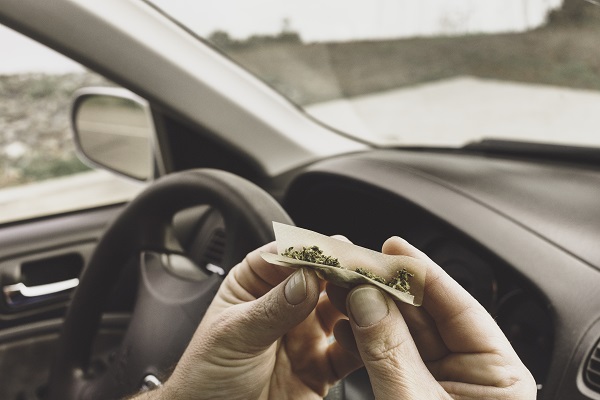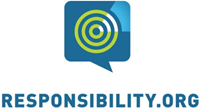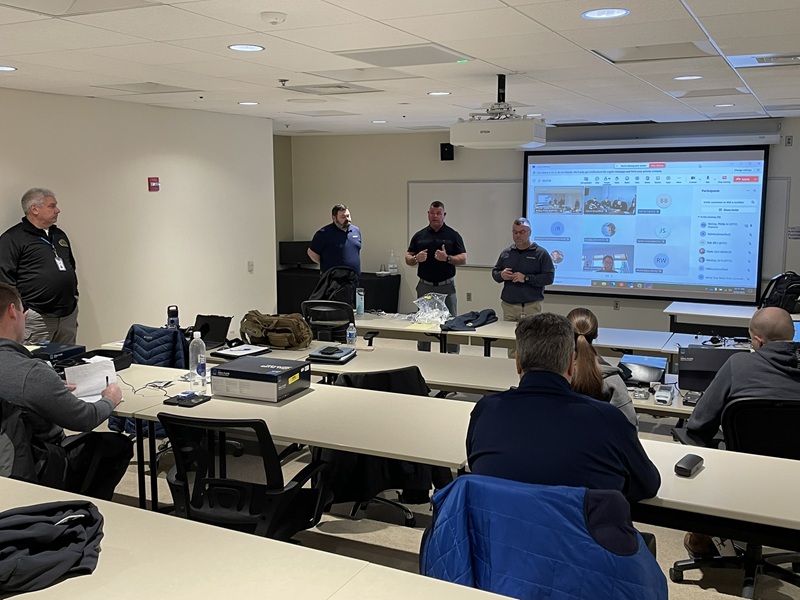FOR IMMEDIATE RELEASE
CONTACT: Adam Snider (GHSA), 202-365-8971
Katie Beaumont (Responsibility.org), 202-355-1915
With summer road trip season in full swing, four states receive funding to address drunk and drug-impaired driving
WASHINGTON, D.C. – The Governors Highway Safety Association (GHSA), Responsibility.org and the National Alliance to Stop Impaired Driving (NASID) have teamed up to once again fund state efforts to combat alcohol, cannabis and multiple-substance impaired driving. Over the past 11 years, this long-running safety effort has provided more than $1.2 million to State Highway Safety Offices (SHSOs) across the country to reduce impaired driving, a persistent but preventable roadway safety threat, and save the lives of thousands of Americans.
The summer months bring family vacations, road trips and beach weekends. Unfortunately, the busy summer travel season also sees a rise in drunk driving rates, with July and August being the worst, according to National Highway Traffic Safety Administration data. Drunk driving deaths finally fell in 2023 after several years of rapid increase when we saw fatalities soar 23% in just four years – from 10,142 in 2019 to 12,429 in 2023.
Alcohol is just one of many impairing substances. Drug- and multiple substance-impaired driving are playing an increasing role in traffic crashes but are more difficult to detect than alcohol-impaired driving and often go underreported. In a study of trauma centers between 2019 and 2021, more than half (56%) of people injured or killed in crashes on U.S. roads tested positive for alcohol and/or other drugs, with cannabis being more likely (25%) than alcohol (23%).
There is also a societal disconnect when it comes to the dangers of cannabis-impaired driving. While 95% of respondents to a public opinion survey by the AAA Traffic Safety Foundation said that driving after drinking is very or extremely dangerous, only 70% said the same about driving within an hour of consuming cannabis.
“Law enforcement is on the front lines of our battle against drunk and drug-impaired driving,” said GHSA Chief Executive Officer Jonathan Adkins. “By equipping them with the best tools, resources and training, we can help them identify and remove impaired drivers from our roads. That makes summer travel safer for everyone.”
“Eliminating impaired driving involves collaboration from everyone within the traffic safety system,” said Darrin Grondel, Senior Vice President of Traffic Safety for Responsibility.org and NASID. “Through new legislation, high visibility enforcement campaigns and advancing technologies, we can continue making progress in getting impaired drivers off nation’s roadways. Together with our partners at GHSA, we’re committed to supporting state efforts that get us closer to our shared goal of preventing precious lives from being lost.”
The grants will help SHSOs and criminal justice professionals in four states and territories – the District of Columbia, Pennsylvania, Vermont and Wyoming – improve their ability to detect impaired drivers and remove them from the road in the following ways:
- District of Columbia: The D.C. Highway Safety Office, in partnership with the Washington Regional Alcohol Program, is launching a pilot oral fluid testing program in areas with high impaired driving rates. Oral fluid testing helps law enforcement more accurately identify impaired drivers and take corrective action before they cause a crash. The regional collaboration will be supported by community outreach and officer training, among other actions.
- Pennsylvania: The Pennsylvania Department of Transportation is partnering with the Center for Forensic Science Research & Education to evaluate four years of existing toxicology data from more than 60,000 impaired driving cases to identify trends in substance use, including polysubstance detection and common drug combinations. By leveraging standardized data and advanced statistical techniques, the project will also support improvements in officer training, detection strategies and policy development.
- Vermont: Through a grant from the Vermont Agency of Transportation, the Vermont Criminal Justice Council will give its Drug Recognition Experts hands-on training through “green labs,” an innovative and successful training model where officers can observe the real-time effects of cannabis on volunteers in a safe, controlled setting. This practical approach will help officers better recognize the signs of impairment, improve roadway safety and reduce crashes involving drug-impaired drivers.
- Wyoming: The Wyoming Department of Transportation (WYDOT) will provide the Teton County Sheriff’s Office with new breathalyzers and train all patrol deputies on the new equipment to ensure consistent, accurate roadside testing. Through community education events and a media campaign, WYDOT will also raise awareness about drug- and alcohol-impaired driving, encourage safer driving behaviors and support long-term cultural change around impaired driving.
These projects implement recommendations in a GHSA report on high-risk impaired drivers, funded by Responsibility.org, and the NASID national strategic framework. Proven and innovative solutions to address alcohol-, drug- and multi-substance impaired driving will be discussed in detail at the GHSA 2025 Annual Meeting, August 23-27 in Pittsburgh.
For more information on the grants and previous state program results, visit the GHSA website.
# # #





